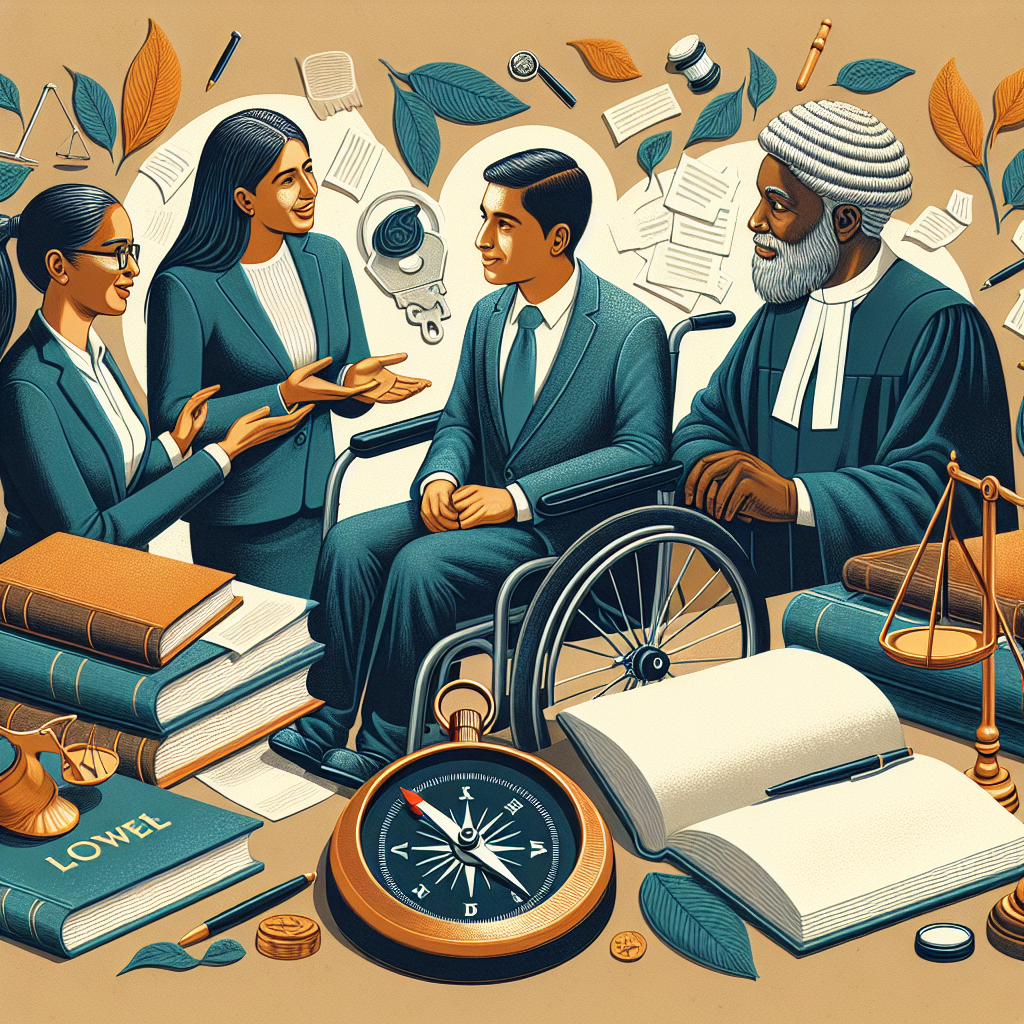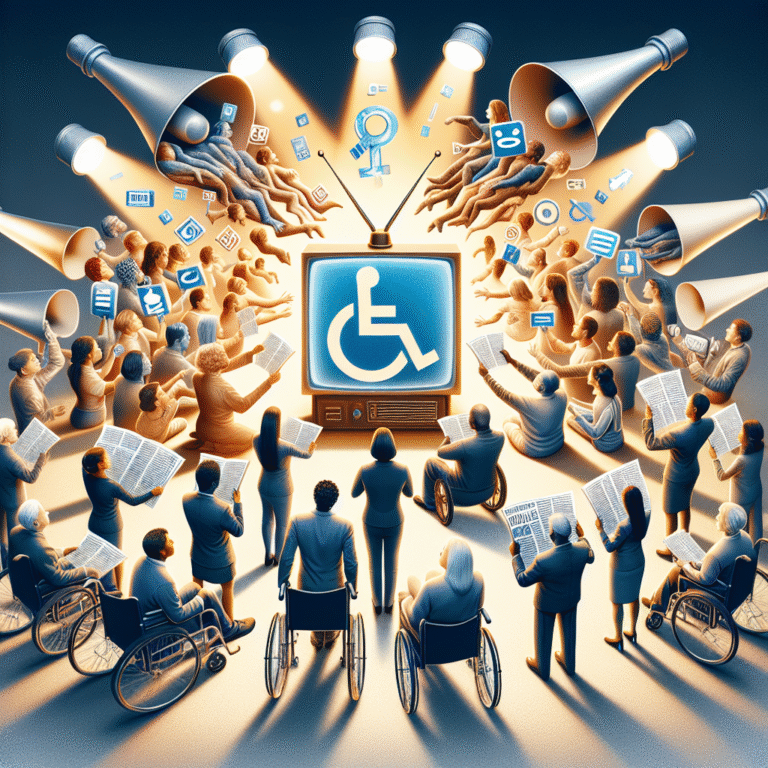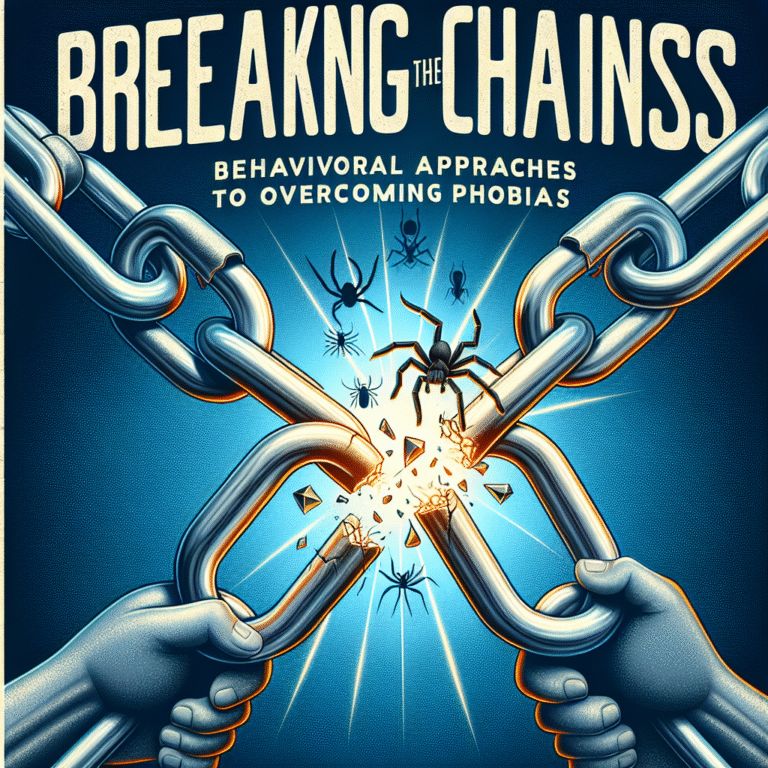
Introduction
In a world that strives for inclusivity and equity, understanding the rights of disabled individuals is paramount. The legal landscape can seem daunting, but gaining insight into the key laws and protections in place empowers disabled individuals to advocate for themselves and others. This article offers a comprehensive guide to "Navigating the Legal Landscape: Key Laws and Protections for Disabled Individuals," emphasizing the importance of awareness, accessibility, and advocacy.
The Americans with Disabilities Act (ADA), Section 504 of the Rehabilitation Act, and the Fair Housing Act are just a few of the essential laws designed to protect disabled individuals. Yet, despite these legal frameworks, many still face challenges in exercise their rights. By highlighting critical laws, relevant case studies, and actionable insights, this article aims to equip readers with the knowledge needed to advocate effectively for themselves and others within the disabled community.
Key Laws Impacting Disabled Individuals
Navigating the legal landscape requires a firm understanding of the key laws that outline protections for disabled individuals. Below are some of the most significant legislative frameworks.
1. Americans with Disabilities Act (ADA)
The Americans with Disabilities Act, enacted in 1990, represents a significant milestone in the fight for equality. This law prohibits discrimination against individuals with disabilities in various areas, including employment, public services, and public accommodations.
Case Study: Olmstead v. L.C.
This landmark Supreme Court case in 1999 ruled that unjustified institutionalization of people with disabilities constitutes discrimination under the ADA. The Court emphasized the importance of community integration, allowing individuals to live in the least restrictive environment possible. This decision paved the way for numerous individuals to transition from institutions to community-based settings.
2. Section 504 of the Rehabilitation Act
Section 504 of the Rehabilitation Act of 1973 prohibits discrimination against individuals with disabilities in programs receiving federal funding. This law is crucial for ensuring accessibility in education, healthcare, and employment.
Case Study: Baird v. Rose
In Baird v. Rose, two disabled college students sued their university under Section 504, as they were not provided with reasonable accommodations. The court ruled in favor of the students, reinforcing the critical nature of accessible education.
3. Individuals with Disabilities Education Act (IDEA)
The IDEA mandates that public schools provide free and appropriate education (FAPE) to children with disabilities. This law ensures that educational services and accommodations are tailored to meet the unique needs of each student.
Case Study: Endrew F. v. Douglas County School District
In this 2017 Supreme Court case, the Court clarified the standard for educational progress under the IDEA, ruling that students must have the opportunity to make meaningful progress toward their goals. This decision underscores the importance of high expectations for all students, including those with disabilities.
Additional Protections
While the ADA, Section 504, and IDEA are vital to protecting the rights of disabled individuals, several other laws play a significant role in fostering inclusivity and accessibility.
4. Fair Housing Act (FHA)
The Fair Housing Act prohibits discrimination in housing based on disability, ensuring that individuals with disabilities have equal access to housing options. It also requires landlords to make reasonable accommodations for tenants with disabilities.
Case Study: United States v. Housing Authority of New Orleans
This case involved allegations that the housing authority failed to accommodate tenants with disabilities. The ruling emphasized the obligation of housing authorities to provide accessible living arrangements and highlighted the enforcement of the FHA.
5. The Air Carrier Access Act (ACAA)
Enacted to protect individuals with disabilities when traveling by air, the ACAA prohibits discrimination in air travel and mandates that airlines provide reasonable accommodations for passengers with disabilities.
Case Study: Dulles v. United Airlines
In this case, a passenger with a disability filed a complaint against United Airlines for failing to provide necessary assistance. The case not only upheld the provisions of the ACAA but also brought attention to the need for comprehensive training for airline staff.
The Importance of Advocacy and Community Support
Navigating the legal landscape is not just the responsibility of policymakers and legal entities; advocacy plays a crucial role in achieving meaningful change. Grassroots organizations, disability rights activists, and community members contribute significantly to raising awareness and fostering an inclusive environment.
Rooting for Change: Advocacy Groups
Many organizations advocate for the rights of disabled individuals, including:
- National Disability Rights Network (NDRN): Provides legal assistance and advocates for the civil rights of individuals with disabilities.
- American Association of People with Disabilities (AAPD): Focuses on policy advocacy and promoting economic and political power for people with disabilities.
- Disability Rights Education and Defense Fund (DREDF): Works to establish and defend the rights of people with disabilities through education and litigation.
These organizations have played a crucial role in shaping policies and creating resources that help individuals navigate the legal landscape.
Navigating the Legal Process
While understanding the legal frameworks is essential, knowing how to navigate the process can feel overwhelming.
6. How to File a Complaint
If you believe your rights have been violated, here’s how to take action:
-
Gather Documentation: Collect records that substantiate your claim, such as emails, medical records, and any correspondence related to your case.
-
File a Complaint: Determine which agency is appropriate to handle your complaint. For ADA violations, you would file with the U.S. Department of Justice. For education-related claims, you might contact the Office for Civil Rights.
- Seek Legal Assistance: Consider consulting with a lawyer who specializes in disability rights. Organizations like the NDRN can connect you with legal resources.
7. Preparing for a Hearing or Mediation
If your case advances to a hearing or mediation, preparation is key:
- Know Your Rights: Familiarize yourself with your legal protections and the specific laws relevant to your case.
- Practice Your Testimony: Being able to articulate your experiences clearly is crucial.
- Have Support: Bring a family member, friend, or advocate for moral support. They can also help keep your testimony focused.
Conclusion
Navigating the legal landscape when it comes to the rights and protections for disabled individuals is not only an individual endeavor but a collective imperative. By understanding key laws like the ADA, Section 504, and the IDEA, and drawing insights from real-world cases, disabled individuals can assert their rights and advocate for themselves effectively.
The journey toward equity and inclusivity for disabled individuals is ongoing but well worth the effort. Every step taken towards understanding one’s rights can lead to impactful changes, fostering a society that truly embraces diversity.
Actionable Takeaway
Become informed and involved. Whether by reaching out to advocacy organizations, participating in community forums, or educating others, every action contributes to a broader movement towards justice for disabled individuals. Remember, you have the power to influence change—your voice matters!
FAQs
1. What is the ADA?
The Americans with Disabilities Act is a comprehensive civil rights law that prohibits discrimination against individuals with disabilities in various aspects such as employment, public accommodations, education, and transportation.
2. How can I file a complaint under ADA?
You can file a complaint with the U.S. Department of Justice or a state entity. It’s advisable to gather all necessary documentation to support your claim.
3. What are "reasonable accommodations" in the workplace?
Reasonable accommodations are modifications or adjustments made to a job or work environment that enable a qualified individual with a disability to perform essential job functions. Examples include modified work schedules or assistive technology.
4. How does the IDEA support students with disabilities?
The Individuals with Disabilities Education Act ensures that children with disabilities receive free and appropriate public education tailored to their individual needs through an Individualized Education Program (IEP).
5. What should I do if I face discrimination based on my disability?
Document the incident, gather evidence, and seek counsel from an advocacy organization or a legal professional specializing in disability rights.
In summary, navigating the legal landscape for disabled individuals is a vital journey toward understanding rights and securing protections. Knowledge is an essential tool in this process, enabling empowerment and change for individuals and communities alike.
















